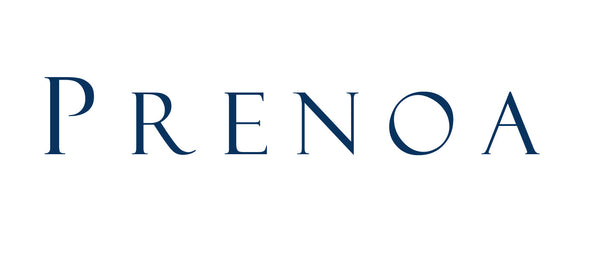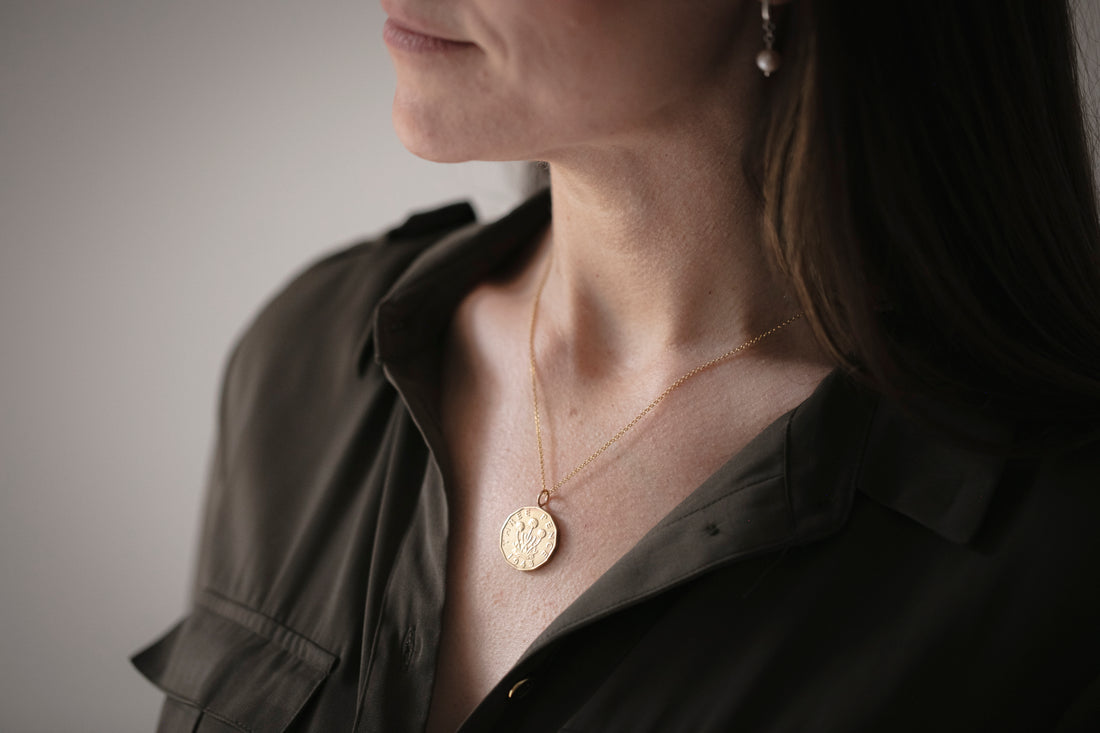We see so many kinds of jewellery out there online claiming to be gold. It's really important when you are looking for a piece of gold jewellery, that you do your research to make sure what you are buying will perform exactly as you want it to. We find our buyers are happiest when they have the knowledge to inform their choice about what they buy, and this has sparked the idea of sharing more about the different kinds of metals we work with. This week we are focussing on solid gold, which we offer in our own jewellery designs.
Read on to discover more about this precious metal.
Gold is classed as one of the most highly prized elements on the planet. It can be used in food, drink, buildings, art and jewellery. It is so adaptable and has been used for millennia to portray wealth, worship and opulence.
To use in jewellery, gold is often joined with another metal, usually copper to create a stronger and more durable metal merger. This is called an alloy. Any metals, when melted together are called alloys.
When gold is alloyed in various ratios, it is rated in terms of its purity by carat. Pure gold is rated as 24 carat or 24ct. Pure gold is very soft and therefore not suitable for every day wear in jewellery, as it may bend, dint or stretch if pulled or put under stress. Alloying gold is therefore very important. The number assigned to the carat equates to the percentage of gold to alloy. For example, 9 carat gold is 37.5% gold and 62.5% alloy. This creates a strong piece of jewellery, with the colour of gold and a roughly forty percent purity. The stamp on this grade of gold will usually say 375, referring to the percentage of gold present.
In the UK, we measure gold purity in carats, the same work as used to measure the size or density of precious stones like diamonds. In the US and some other countries, they spell karat with a 'k', therefore some marks on metal will be end with a K. The two spellings are both correct and essentially, mean the same thing.
Other carats of gold include 10ct, 14ct, 18ct and 22ct, with the most popular being nine and eighteen. All these alloy variants are referred to as solid gold. This is because the alloy is consistent throughout the metal as a standardised level of purity.
For items that advertise as solid gold, it is worth checking these purity levels as this will determine the price you pay.
Gold is weighed and solid by the gram and the higher the percentage in the gold, or the higher the carat, the more expensive the gold will be. There is also another factor to consider - colour. Pure gold is extremely rich and yellow, whereas 9ct tends to have a slightly lighter, cooler appearance.
Why should you consider the gold purity prior to purchase? Well, not only will it mean you are getting the best quality for your budget, but you will get the most out of it. If you are planning to buy a piece to keep in its box as an heirloom of keepsake, you can go higher on karat, because the value will likely rise in the future and the item will not be put under any stress from wearing. Conversely, if you want to wear your piece every day and shower, run, sleep and live in it. perhaps you may wish to buy a lower karat to give you that durability and lower price point.
Lower carats that have a greater alloy content and lower gold content will tarnish more than 18 or 22ct. This is because gold is less susceptible to corrosion from air, water and salt (for example) than other metals. Cleaning with a polishing cloth will remove surface tarnish, but this may be a reason to go higher in carat if you do not have the time to clean your jewellery regularly.
At Prenoa, we always match our chains to the true colour of our coins, also considering pricing and the weight of the pendant. Taking all these factors into consideration is something an experienced maker does in order to give the best service and create the highest quality piece of jewellery overall.
A lot of the solid gold jewellery we offer is 9ct. Our bails need to be strong as they have a small contact area with the coins, so we use both 9ct bails and 9ct Assay quality gold solder to ensure our pendants are durable but also use solid gold.
Our range of 18ct gold chains are available by bespoke order and we also offer other alternatives to solid gold, which we will talk about in future blog posts.
If you would like to know more about our solid gold ranges, in both rose gold and yellow gold, please do get in touch at prenoajewellery@gmail.com

